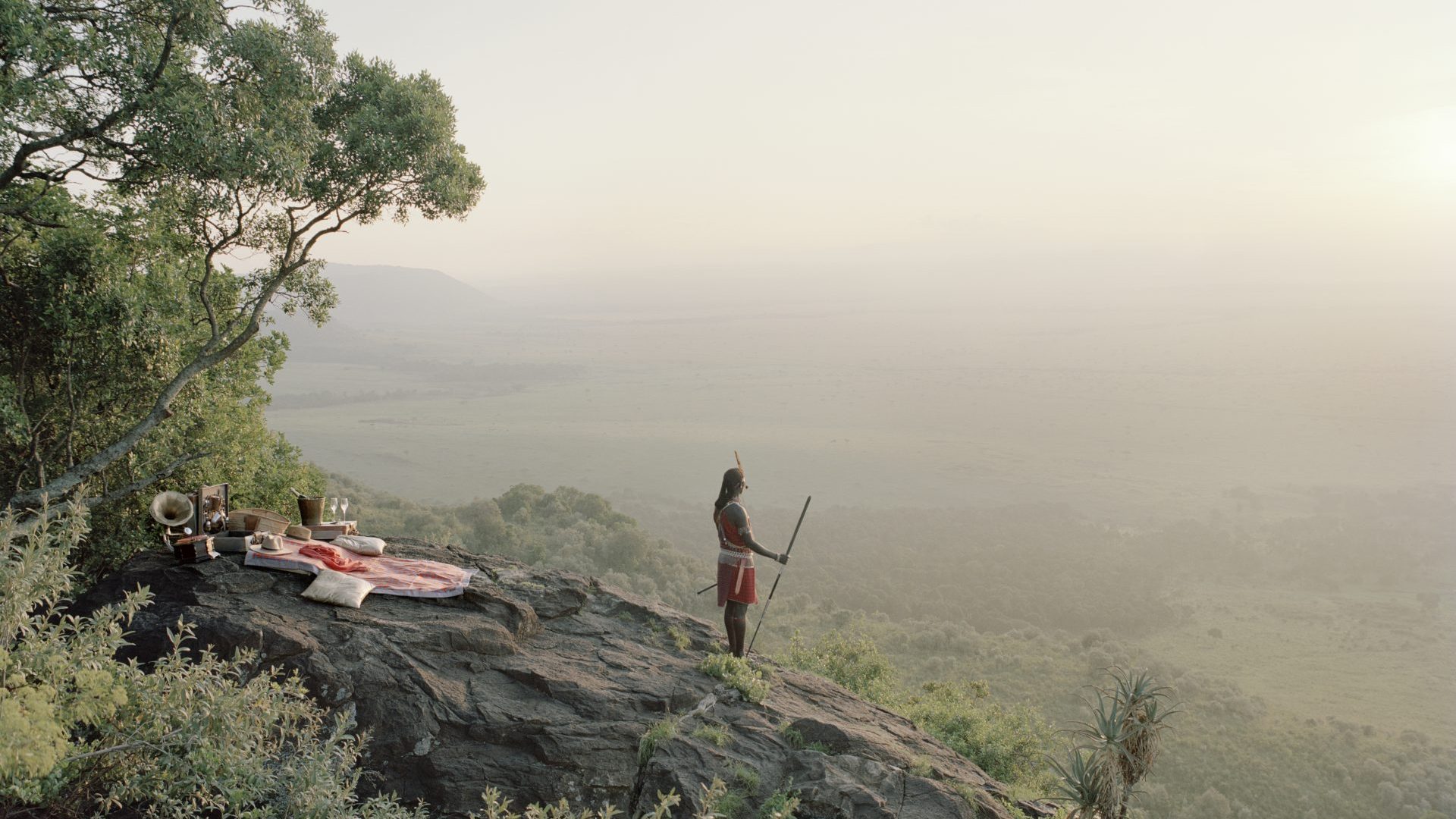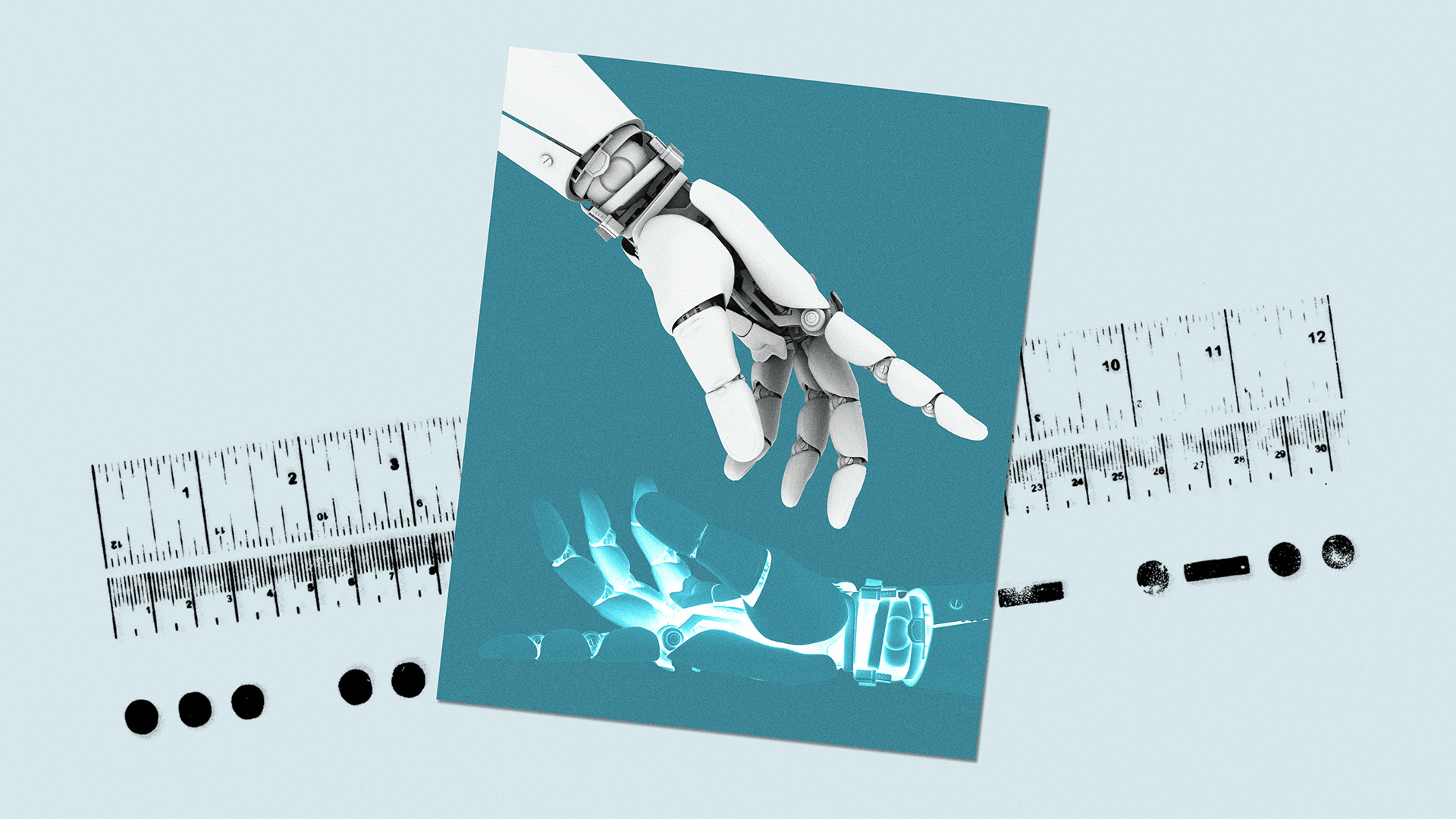It’s a moment no romantic could resist. The Out of Africa Champagne Picnic Experience. Not just any old champagne experience but one in which the animal-loving, nature-craving tourist can perch in comfort, high on an outcrop in Kenya to watch the sun go down across the plain and catch glimpses of animals far below. More, they can channel their inner Meryl Streep or Robert Redford, the stars of the 1985 film who shared a tryst on this very site.
Laid on by an expensive hotel (£1,312.16 per person per night), the mood of authenticity is enhanced by canvas safari chairs, a wind-up gramophone and, discreetly keeping watch, a Maasai warrior complete with spear. The hotel suggests that you can “have our photographic studio capture this iconic scene for you”.
The image is one that photographer Zed Nelson also captured in a new collection, The Anthropocene Illusion, (Guest Editions £45/€50), a reference to the way humans have affected the climate and the environment by allowing, and often encouraging, urban development at the expense of land and, inevitably, enabling the extinction of many species of wild animals.
It took him six years and visits to four continents to bring together this photographic essay, which is satirical, often funny, but above all angry at what he calls the “commodification of nature”.
Yet, as he writes, “Somewhere deep within us the desire to connect with nature remains. So while we destroy the natural world around us, we have become masters of a stage-managed artificial experience of nature, a reassuring spectacle, an illusion.”
Few are more stage-managed than the delightful picture of a little girl in a spotted summer frock and cute orange hat clambering over a snow-covered mountainside. The sharp-eyed might spot that the mountain peak which looms above the scene looks distinctly like Switzerland’s Matterhorn. Others might be puzzled by what looks like a girder cutting across the horizon between snowy crags. Well they might. Sadly, this child isn’t clambering on the real thing. She’s larking about in a theme park, Italy in Miniature, all 85,000 square metres of it, located just north of the holiday town of Rimini on the Italian east coast.
As well as all that lovely, but artificial, snow, the resort boasts gondolier rides along a reproduction of Venice’s Grand Canal, replicas of the Colosseum and the Leaning Tower of Pisa, not to mention a Pinocchio-themed train ride. The girder, it transpires, is a monorail that “will take you around Italy in a few minutes”.
Suggested Reading
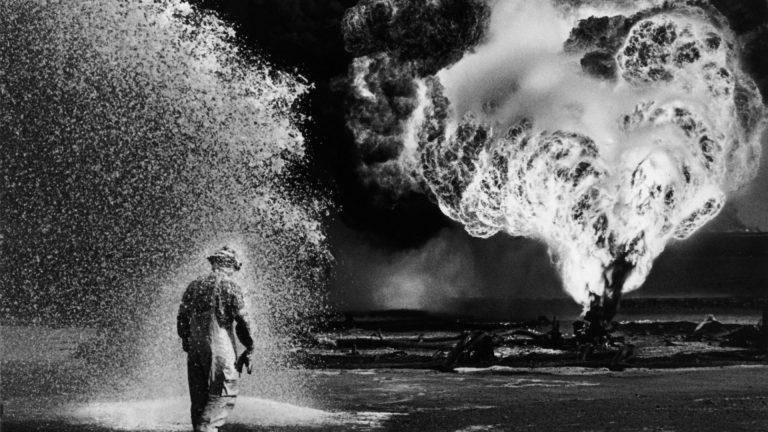
Sebastião Salgado, Brazil’s poet of dignity and decay
The representations of animals and the threats to their existence are among the most telling. Nelson quotes art critic John Berger’s Why Look at Animals? in which he wrote: “Everywhere animals disappear. In zoos they constitute the living monument to their own disappearance.”
That point is painfully underscored by a herd of grazing bison, set against the low brown hills of Wyoming that roll across the horizon under eggshell-blue skies and fluffy clouds.
It’s a splendid sight but the bison are not alive, they’re not real, they’re stuffed. They stand, a triumph of the taxidermist’s craft in New York’s American Museum of Natural History in a diorama which celebrates – and mourns – the 1800s, when the prairies teemed with tens of millions of the beasts.
After a few decades only a few hundred remained. The rest had been exterminated as part of a savage strategy to subdue Native Americans by killing the animals on which they relied for food and livelihood. The taxidermist of the Smithsonian Institute boasted: “We can have a series of mounted specimens that will be envied by all other museums.”
Extinction is also the fate faced by the orangutan, listed as critically endangered by the International Union for Conservation of Nature (IUCN). Don’t worry. In Shanghai’s Wild Animal Park, with an arm draped nonchalantly on an (artificial) rock, one of the great apes perches in front of an elaborately composed mural depicting a jungle of palms and baobab trees.
Just as the more adventurous venture to the natural habitats of the orangutan in Borneo and Sumatra (with real palms), millions go on safaris in the hope of seeing wildlife in, well, the wild. Above all they want to see lions. Now the lions come to them. In the Walk with Lions Tourist Experience in South Africa they come so close that the tourists can almost touch them. Far from lion kings, these diminished, tamed creatures, feebly drinking from puddles, are about as potent as a pussy cat in a Whiskas commercial.
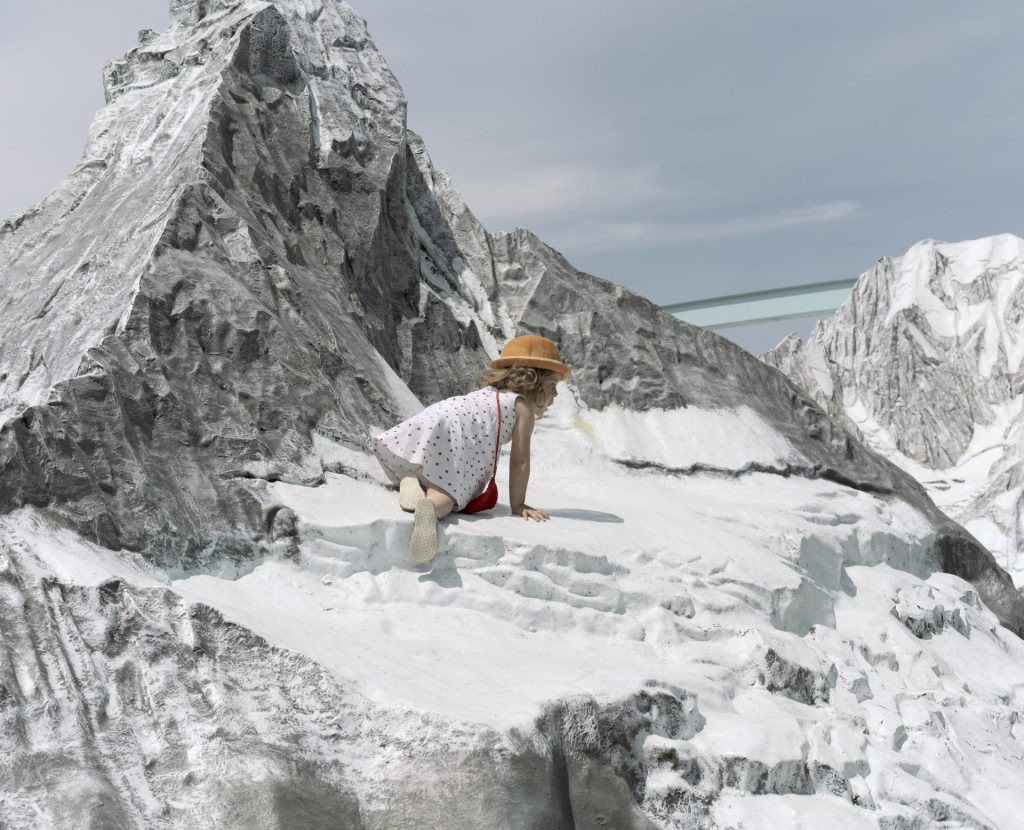
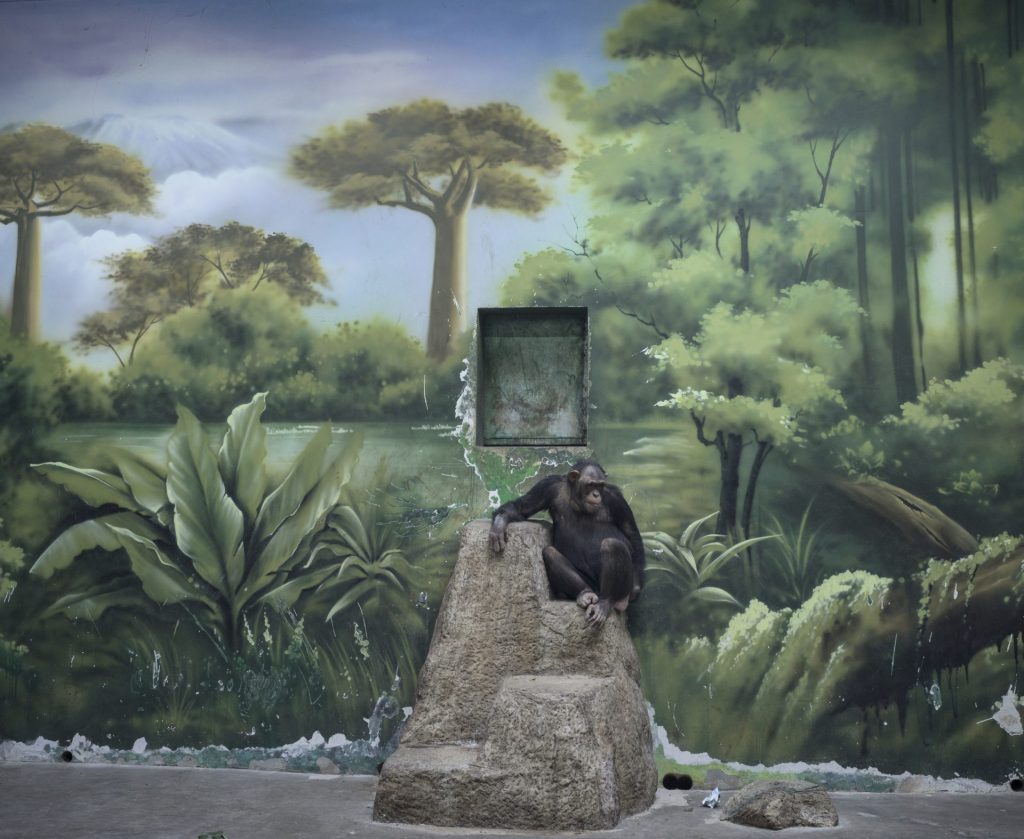
Take the polar bear perched on what looks like an iceberg. Without being overly anthropological, it seems to be longing for the snowy wastes beyond. But this is Dalian Forest Zoo in China. The blue skies and pearly white icebergs at which the bear gazes are a prettily painted backdrop.
Why go to the seaside and wait for hours in the hope of witnessing a shark slice through the water when you can line up in front of a huge aquarium, cameras at the ready, and watch them glide by in another Chinese extravaganza, the Chimelong Ocean Kingdom? While you’re there you can enjoy a rollercoaster ride on the Kingdom’s 90m-high mountain (concrete, steel, acrylic and spray-on foam).
If heights appeal – without having to climb them, of course – check out Volcano Bay Theme Park in Orlando, Florida, with its 60m-high Krakatoa, complete with splash pool, raft rides and wave village all decked out in the manner of a Polynesian island. As Nelson points out, the very existence of the islands, 1,000 of them, is threatened by climate change and rising sea levels.
One of the oddest set of images is a rainforest through which couples happily stroll. This paradise boasts 50,000 plants and 600 different species and is in a huge hangar that looms out of countryside 30 miles from Berlin. The Tropical Village comprises copies of traditional buildings from Thailand, Borneo and Samoa. Visitors can frolic in the Bali Lagoon and the Amazonia, with its two pools, a sunbathing area, a beach volleyball court and football pitch. The project has an uncomfortable history; the hangar was built for the Nazi Luftwaffe in 1938 and later used by the Soviet Red Army.
Nelson added to his impressive array of awards by winning the 2025 Photographer of the Year award at the Sony World Photography Awards for the Wildlife and Nature category, a tad counterintuitive given that the life he portrays is not wild and the nature distinctly ersatz.
He himself writes about a “consoling version” of nature that has been packaged “to mask the divorce from the natural world” and explains how he came to realise that in all the places he visited, there were no surprises.
“Nothing changes, good or bad. Everything repeats itself. In these manufactured landscapes, with smooth tarmac walkways, piped music, filtered air and corralled animals, nothing happens unless it’s part of the show. Here nature is made safe – no thorns, biting insects, flooding or unpredictable creatures. This is nature only as spectacle.”
The Anthropocene Illusion by Zed Nelson is published by Guest Editions, £45


